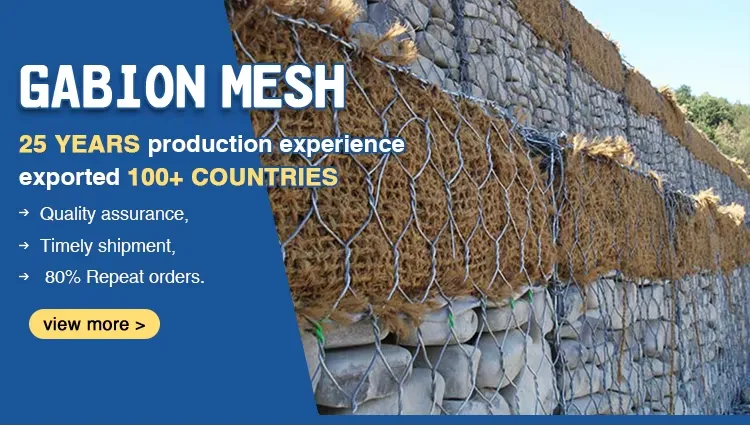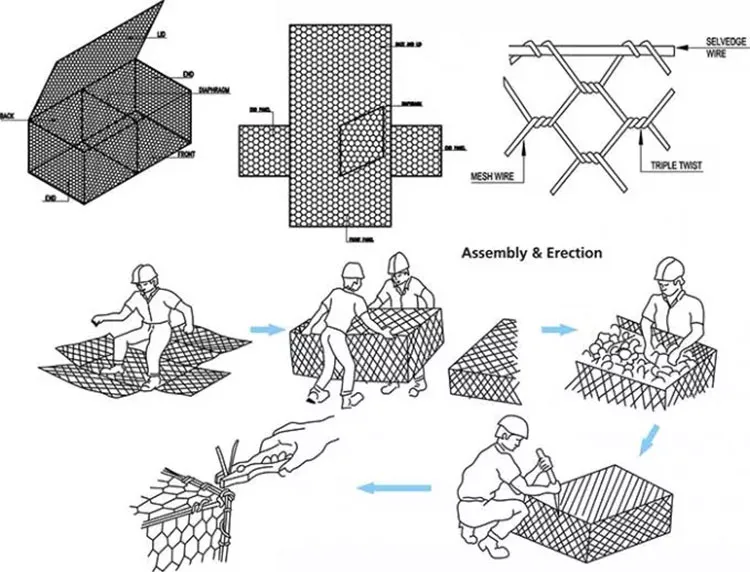Jan . 20, 2025 14:01 Back to list
Floor Drainage Trench Cover For High Quality Stainless Steel Serrated Steel Grating


From an environmental perspective, stainless steel gratings offer sustainability benefits. They are fully recyclable, aligning with the growing emphasis on eco-friendly building practices. Stainless steel can be repurposed without losing its qualities, significantly reducing the ecological footprint associated with production and disposal processes. For environmentally conscious contractors and urban developers, this aspect represents a strategic choice. Beyond these practical advantages, stainless steel drain gratings also symbolize a modern approach to city planning and infrastructure development. By ensuring efficient drainage, they mitigate risks associated with water accumulation, such as flooding and erosion, protecting infrastructures and extending their service life. In urban settings, where effective stormwater management can significantly impact public safety and convenience, employing resilient drainage solutions is crucial. Emphasizing quality in stainless steel grating selection is paramount to achieving the desired benefits. Certifications and compliance with international standards should guide procurement decisions. Look for products that have been put through rigorous quality checks, as these standards serve as benchmarks for performance and safety. Additionally, partnering with reputable manufacturers and suppliers can ensure access to technical support and after-sales services, enhancing user experience and satisfaction. In conclusion, the implementation of SS drain grating is not merely a technical choice but a strategic decision reflecting a commitment to safety, sustainability, and economic efficiency. By investing in high-quality stainless steel solutions, developers and homeowners can be assured of a drainage system that not only meets but exceeds contemporary expectations in performance and reliability. Thus, as urban landscapes continue to evolve, the role of SS drain grating in ensuring effective water management cannot be overstated, making it an indispensable component of future-ready infrastructure.
Latest News
-
Brick Mesh Wall Solutions | Enhanced by GPT-4 Turbo Design
NewsAug.01,2025
-
Premium Anti-Climb Fence Spikes for Sale
NewsAug.01,2025
-
Premium Peach Post Fence | Durable & Stylish Security
NewsJul.31,2025
-
Best Galvanized Grating Price - Durable Galvanized Steel Grating Solutions
NewsJul.30,2025
-
0.5-4.0mm Wire 2×2 4×4 8×8 Hot Dipped Galvanized Welded Mesh Roll
NewsJul.30,2025
-
Metal Fence Pickets for Sale – Durable Galvanized & Steel Options
NewsJul.29,2025
Our company owns has excellent CAD steel grating drawing designers, who can provide customers with perfect steel grating layout design and better meet customers' special requirements for products. We have been adhering to it the business tenet of "quality first, customer first", with high-quality products, reasonable prices, and the fastest delivery time, we wholeheartedly provide customers with a full range of services! Welcome new and old customers to cooperate sincerely and create brilliance together!
Contact Us
WELCOME TO OUR COMPANY!
Thank you for your interest in our services! If you have any questions or wousld like to book a service, please don’t hesitate to contact us. Our team is dedicated to providing you with the highest level of service and support, and we are committed to working with you to make your event a success.

Service Email

Service Phone
Product Center
Contact Us
- Phone: +86 +86 15733154345
- E-mail: sales@chengsenchina.com
- Address: B1213 GLOBAL CENTER, NO.226 ZHONGHUA NORTH STREET, SHIJIAHUANG, CHINA


























